Feeding Alocasias: Tips On Fertilizing Alocasia Plants
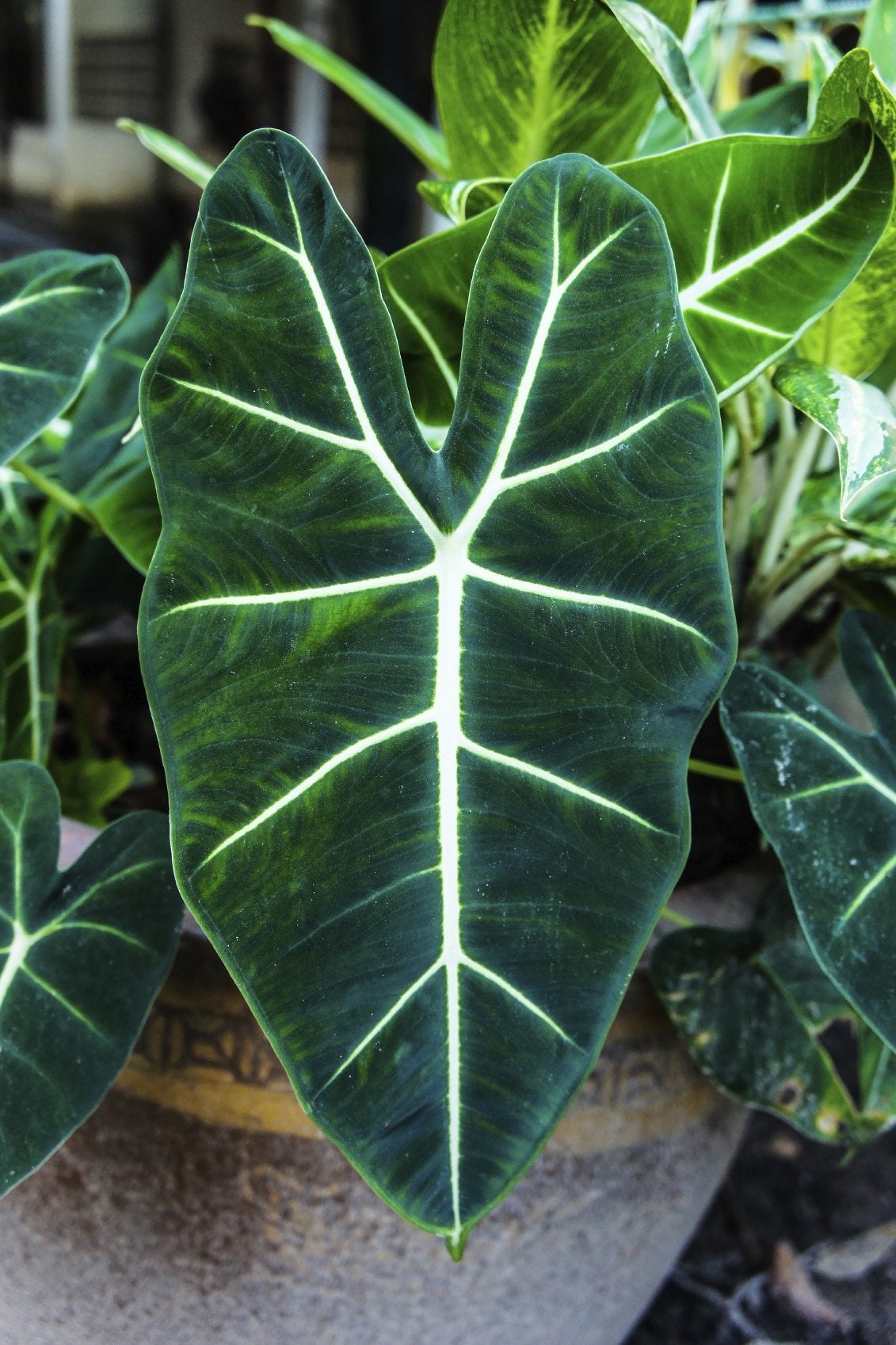

Alocasias are fantastic plants for the garden or home. Native to southeast Asia and Australia, they are used to warm temperatures year-round and must be overwintered in pots or dug up and stored as bulbs in a cool, dry place in all but the warmest climates. Regardless of how you grow them, though, fertilizing alocasia plants is essential to their healthy growth. Keep reading to learn about alocasia plant feeding and when to fertilize alocasia.
Feeding Alocasias
Alocasia plants have the potential to become enormous. If overwintered successfully for multiple years, they can reach 10 feet (3 m.) in height and produce leaves that are 3 feet (1 m.) long. The key to growing such stunning plants is fertilizer. Alocasias are very heavy feeders, and fertilizing alocasia plants frequently is the only way to keep up with their appetite. Before planting your alocasias, mix 2 pounds (1 kg.) of slow-release fertilizer per 100 square feet (9 sq. m.) of soil. Keep up regular fertilization every two to four weeks.
Fertilizer for Alocasia in Pots
Is feeding alocasias really necessary if you’re growing them indoors? Chances are you want your houseplant somewhere under 10 feet (3 m.) tall. The thing about fertilizer, however, is that it isn’t just for rapid growth. Kept in a pot, your alocasia almost certainly won’t reach its full potential size, but it still needs regular fertilization, perhaps even more so. Due to the small amount of soil in a container, nutrients can be washed away more easily. With every watering, add a little water-soluble fertilizer to keep your alocasia plants growing healthy and strong. If your alocasia’s leaves start to appear burnt, it probably means you’re applying too much fertilizer. Flush the container with plenty of clean water until it runs out of the drainage holes and cut back on your fertilizing regimen.
Gardening tips, videos, info and more delivered right to your inbox!
Sign up for the Gardening Know How newsletter today and receive a free copy of our e-book "How to Grow Delicious Tomatoes".

The only child of a horticulturist and an English teacher, Liz Baessler was destined to become a gardening editor. She has been with Gardening Know how since 2015, and a Senior Editor since 2020. She holds a BA in English from Brandeis University and an MA in English from the University of Geneva, Switzerland. After years of gardening in containers and community garden plots, she finally has a backyard of her own, which she is systematically filling with vegetables and flowers.
-
 Try The Trend – Turn Any Bed Into A Keyhole Garden With This Clever In-Ground Composter
Try The Trend – Turn Any Bed Into A Keyhole Garden With This Clever In-Ground ComposterKeyhole gardening is an efficient and sustainable practice that saves space. Get started on this DIY project quickly and easily with an in-ground composter.
By Bonnie L. Grant
-
 4 Superfast Composting Methods: Turn Waste Into Garden Gold In 30 Days Or Less
4 Superfast Composting Methods: Turn Waste Into Garden Gold In 30 Days Or LessTry the fastest composting methods to turbocharge your pile and transform kitchen scraps and garden waste into finished compost in just a few weeks.
By Mary Ellen Ellis
-
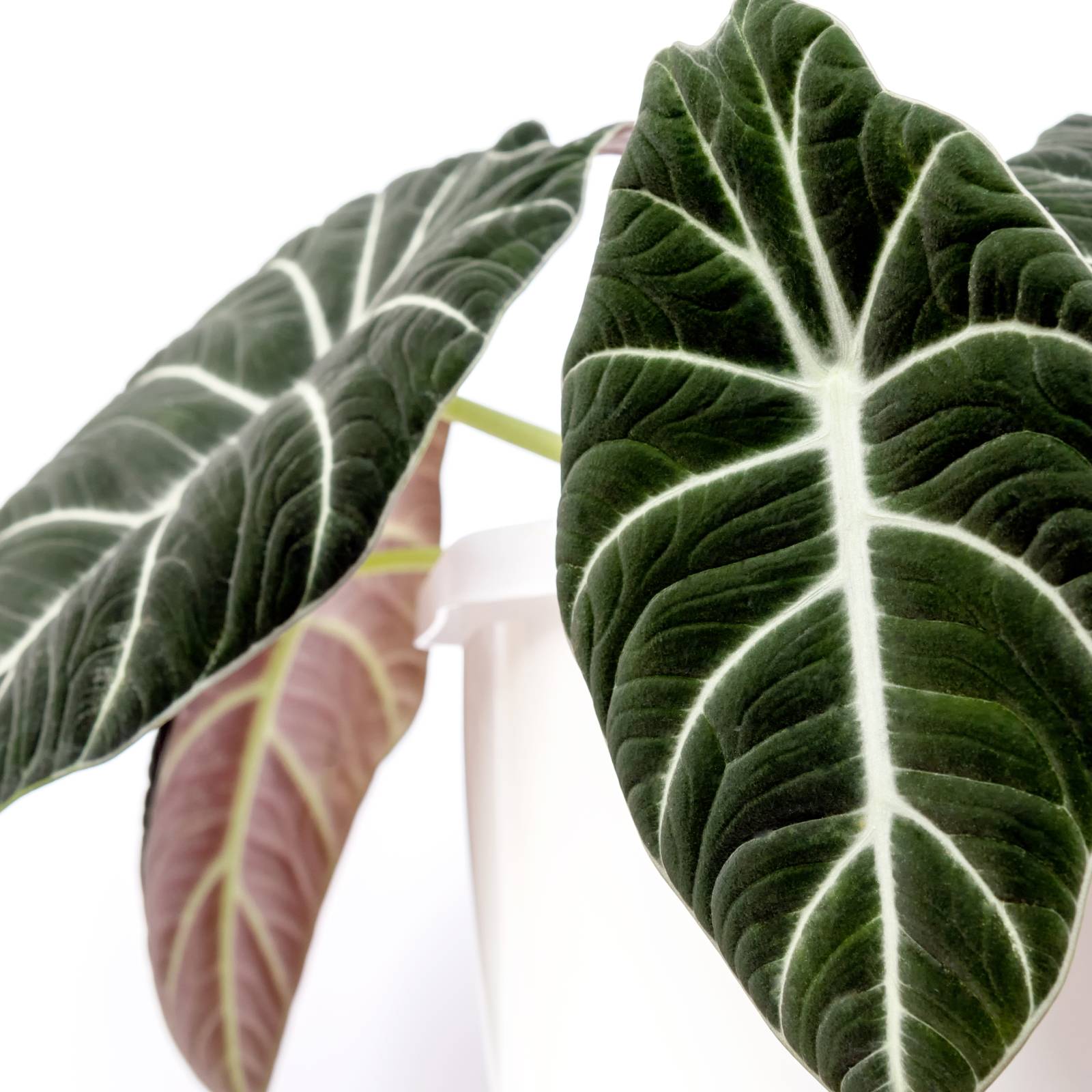 Try These 8 Unique And Fancy Alocasia Plant Varieties For Jungle Drama
Try These 8 Unique And Fancy Alocasia Plant Varieties For Jungle DramaFancy alocasia plants can dress up your garden or interior spaces with dramatic, large leaves of different colors and textures. Enjoy growing this unique plant.
By Tonya Barnett
-
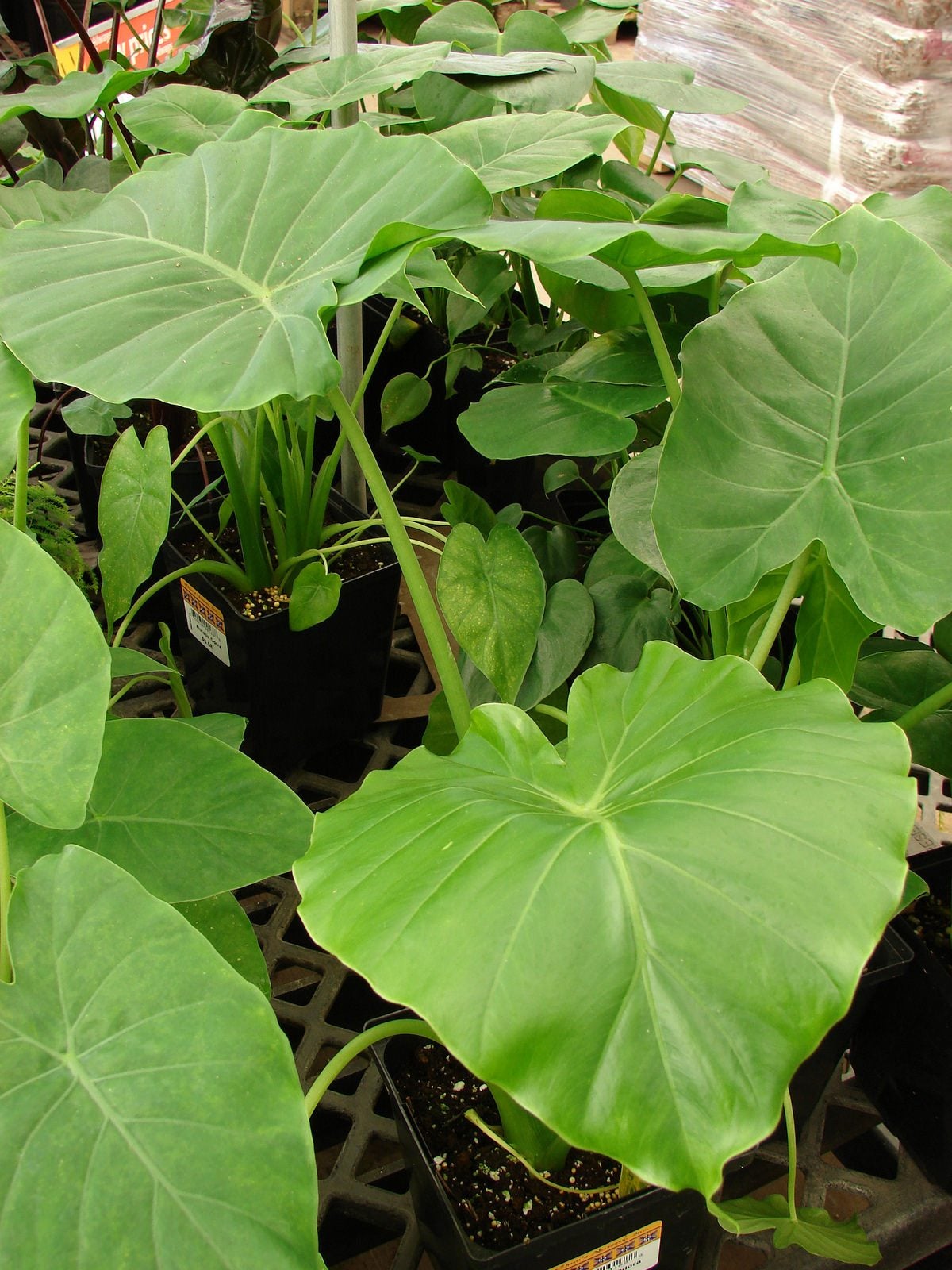 How To Propagate Alocasia – Tips On Alocasia Plant Propagation
How To Propagate Alocasia – Tips On Alocasia Plant PropagationAlocasia can grow to impressive size. How do you go about propagating alocasia plants? Learn more about alocasia propagation methods and how to propagate alocasia in this article. Click here to get more information.
By Liz Baessler
-
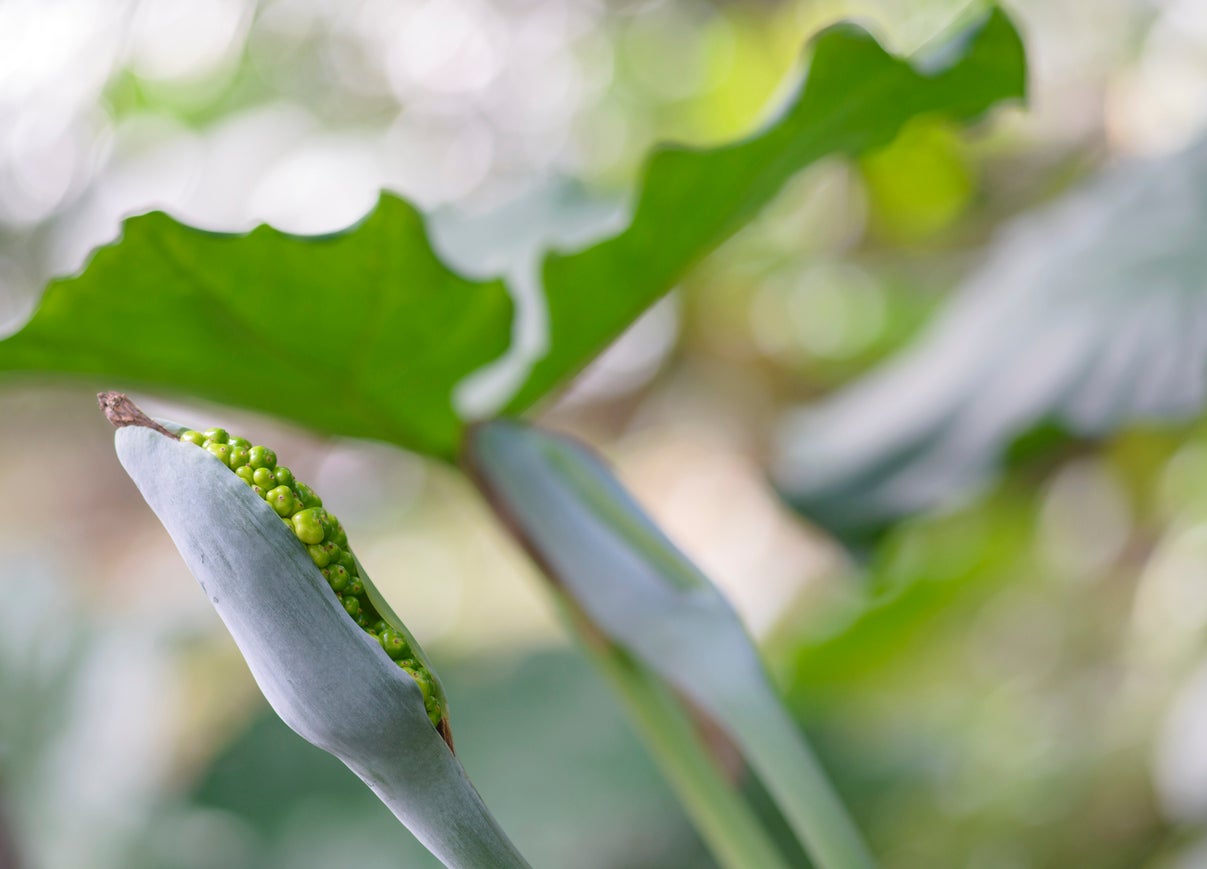 Seed Pods On Elephant Ear Plants: Do Alocasia Elephant Ears Have Seeds
Seed Pods On Elephant Ear Plants: Do Alocasia Elephant Ears Have SeedsDo Alocasia elephant ears have seeds? They do, but elephant ear flower seeds are only viable a short time, so if you want to plant them, harvest the pods and use them as soon as possible. This article will help with what to do.
By Bonnie L. Grant
-
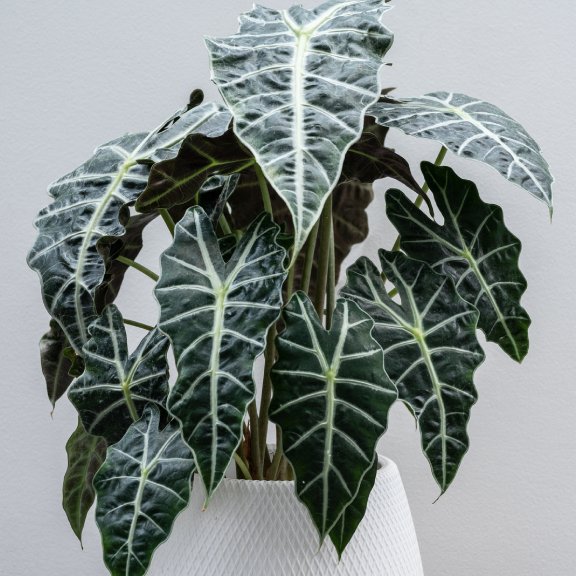 African Mask Plant Care Guide
African Mask Plant Care GuideThe exotic African mask plant, also called Alocasia amazonica, loves a moist tropical environment whether it’s outside or in a pot indoors.
By Mary Ellen Ellis